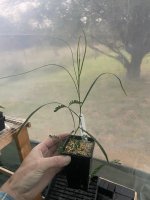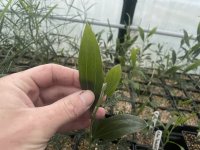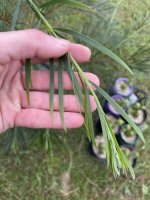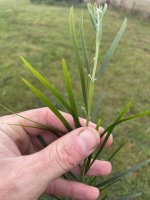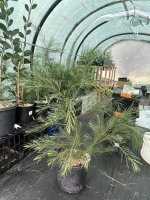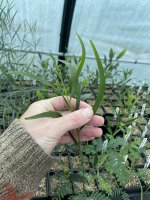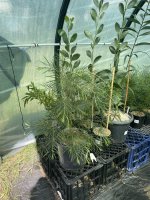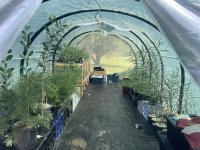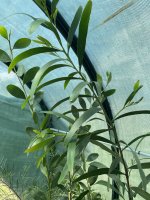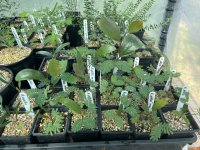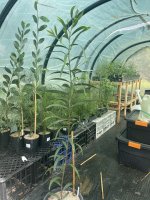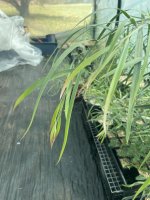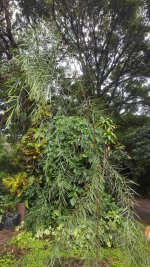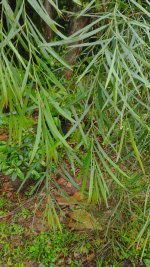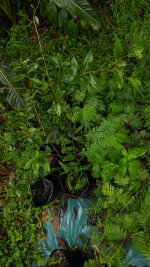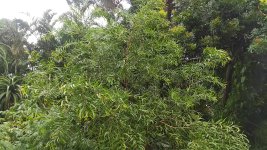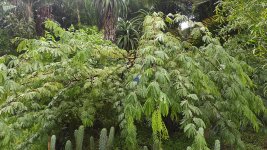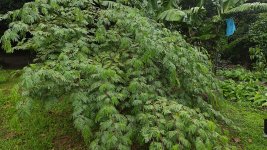T
Interested to hear how your colei goes. What variety is it? I've recently germed about 60 subs. colei - was which was probably way too many for a tree that may not like this area, but they are grooving along.. albiet slowly.
Below a mucronata subs. longifolia followed by a colei. Really excited to see mucro's first phyllodes emerge from the woodworks.. it doesn't disappoint.
That’s great to know it was active after just two years.. there is a surprising lack of data on this available on the internet.. but all accounts of those two species seem very consistent after the 2-3 yr mark. Will be great to see more people share their findings with home grown plants... (wink wink).. as its currently mostly word of mouth. One I would love to see some home grown extractions of is Acacia floribunda. Anyone been collecting seed and growing out active type? This species grows fast and is incredibly hardy/adaptable - but its perhaps the most enigmatic of the known Australian tryptamine species.I haven't harvested yet, however I did oringinally have 3 acuminatas, one died with the flooding and hot summer, it waa 6 months before I finally ripped it up and it was indeed active, I found however, being as it was dead it was very hard to strip the bark from it. Did the best I could and chopped up the rest, wood and all. I did a straight to base and it was active at barely 2 and a half years old. Couldn't give a percentage as I didn't shred the bark and i couldn't separate the bark from parts of the wood. Fresh acacia is much easier to strip if one is practising sustainable harvesting ofcourse.
If you mean age of courtiis only 2 years old and only spent one summer in the ground. Hoping they kick off this year, the mix may not be as good for it as the phleb and narrow leaf acuminata. Also just started a burkitti and will be starting colei and a few other rarer wattles I got a hold of this yesr if all goes well. Still have 2 courtiis and 5 phlebs in pots that I need to find space for.
Interested to hear how your colei goes. What variety is it? I've recently germed about 60 subs. colei - was which was probably way too many for a tree that may not like this area, but they are grooving along.. albiet slowly.
Below a mucronata subs. longifolia followed by a colei. Really excited to see mucro's first phyllodes emerge from the woodworks.. it doesn't disappoint.
Attachments
Last edited:

